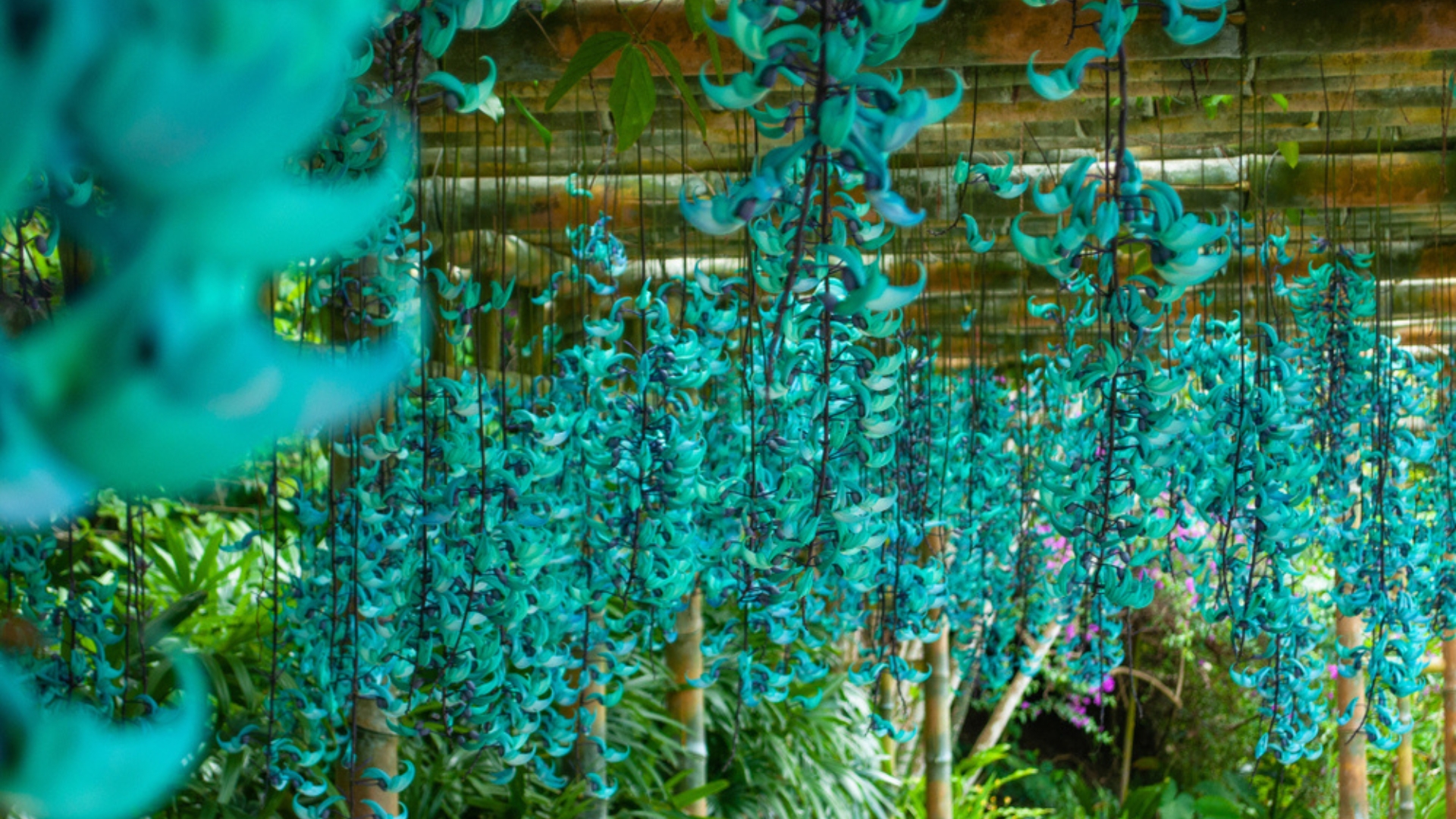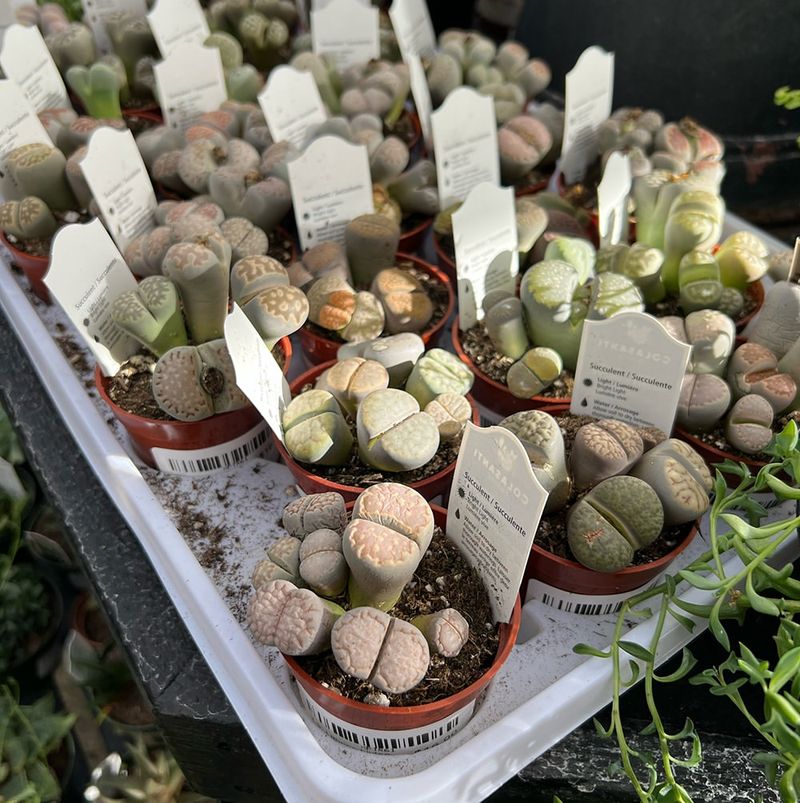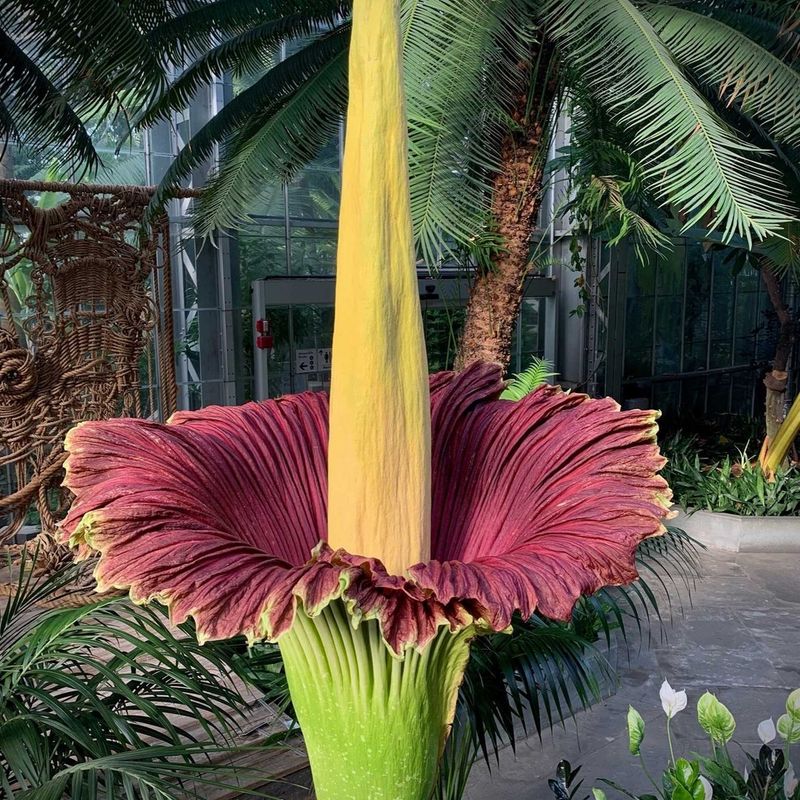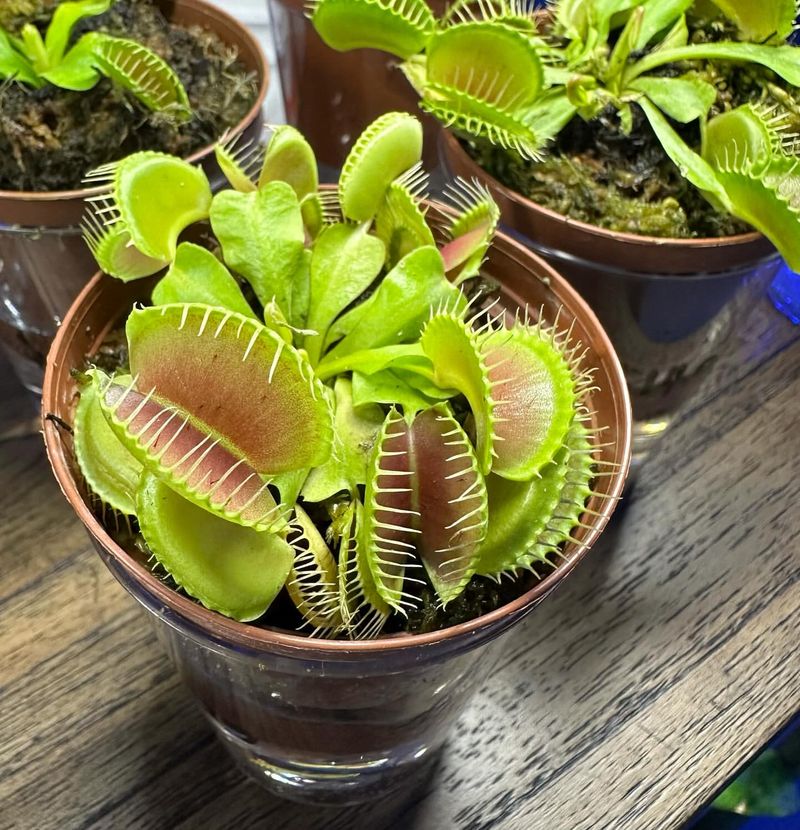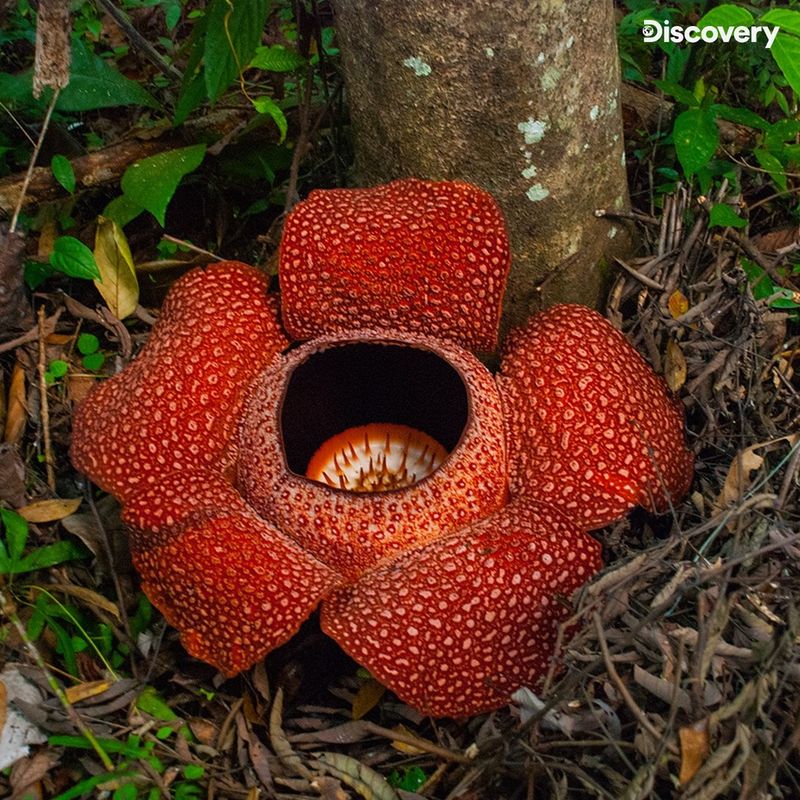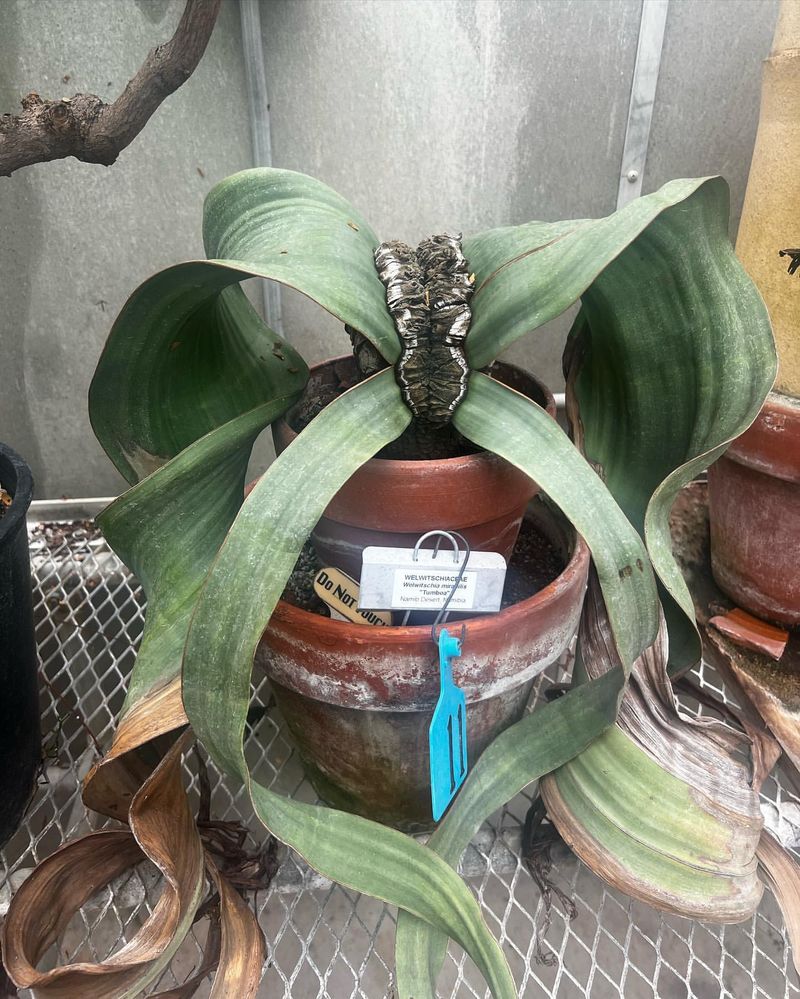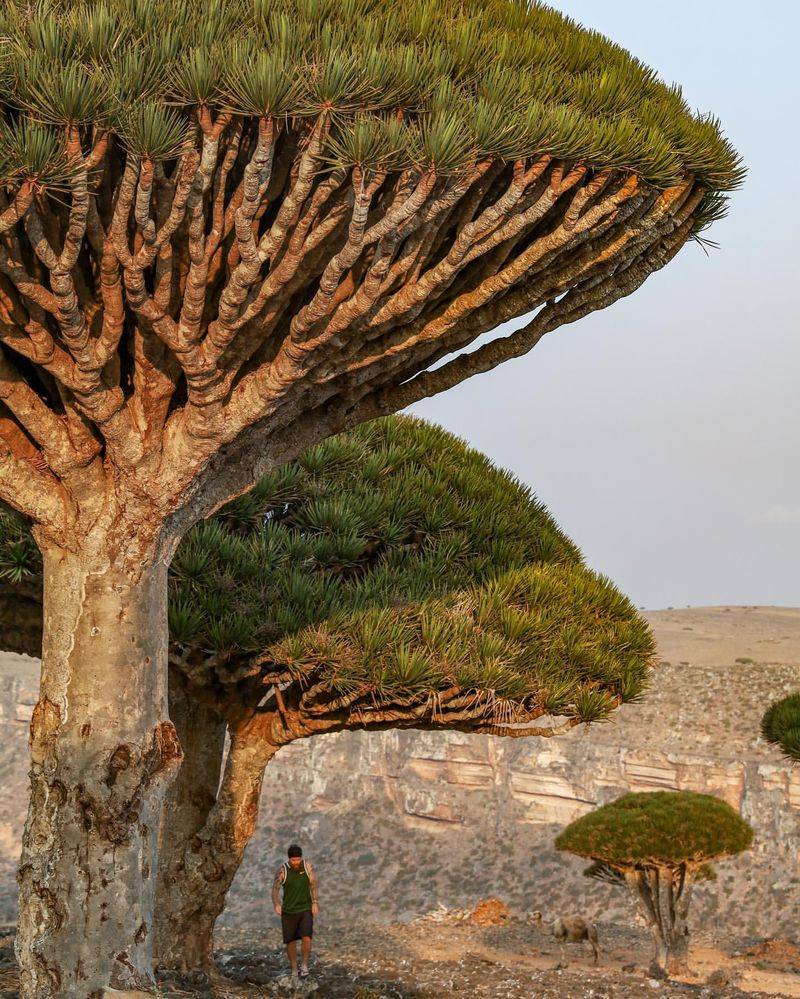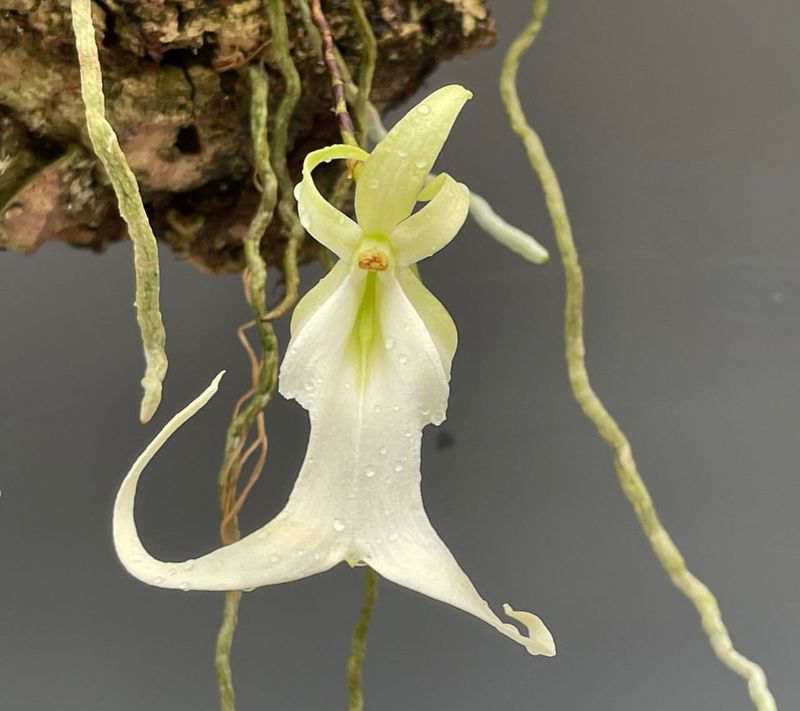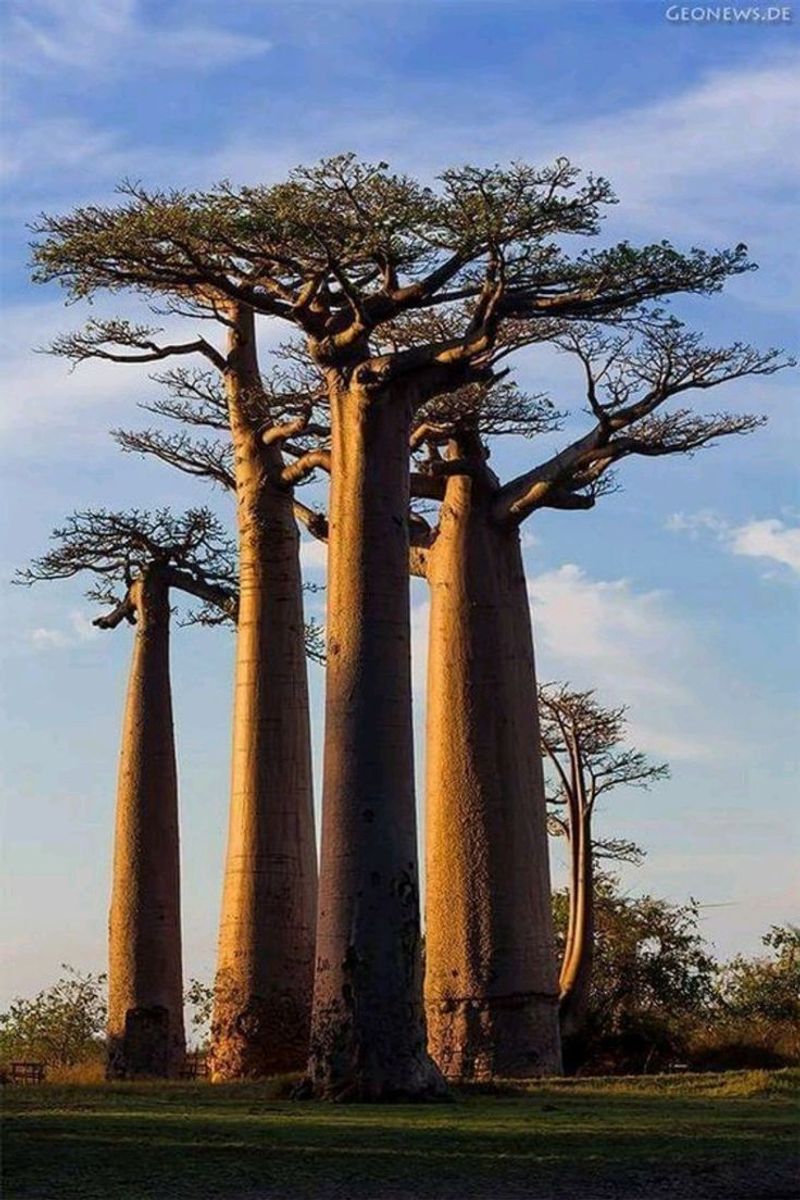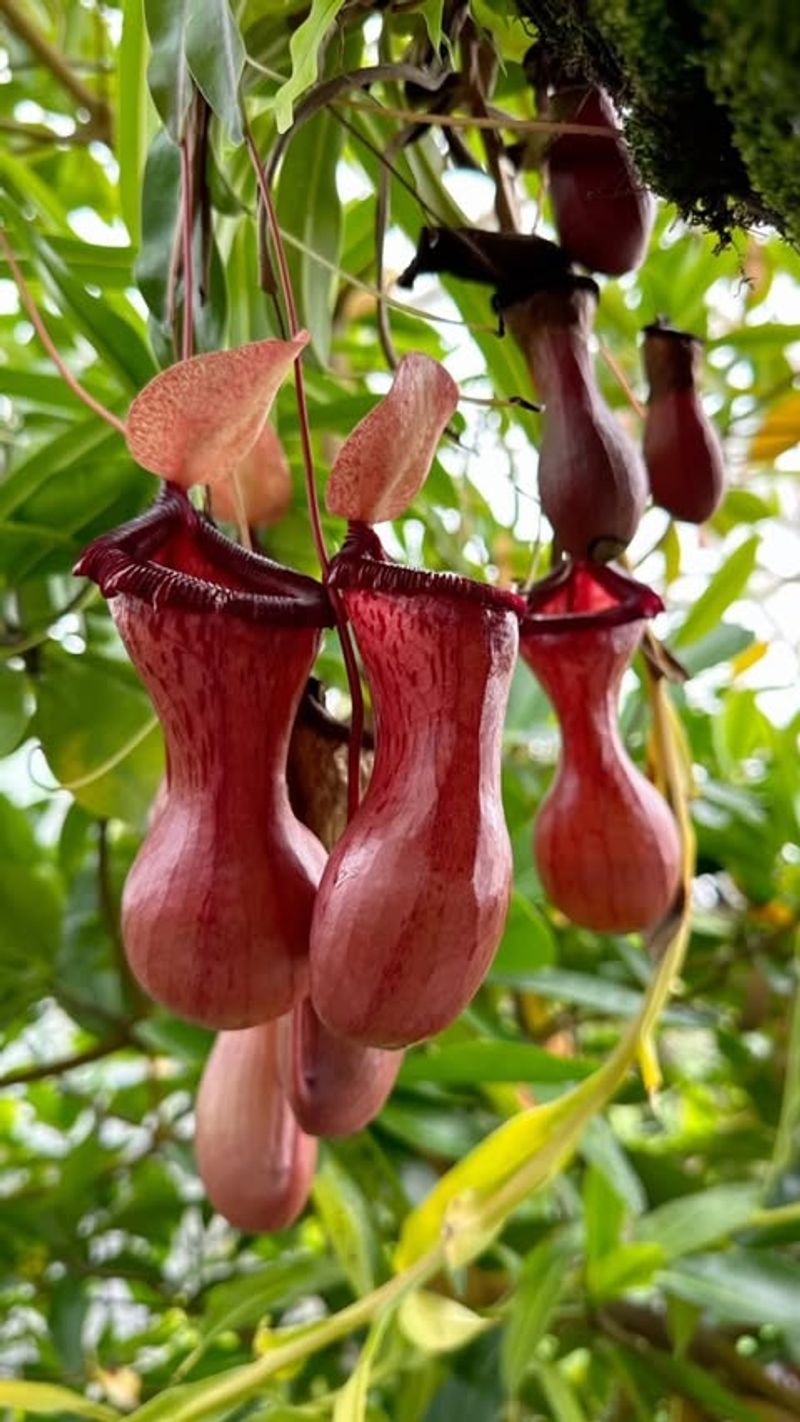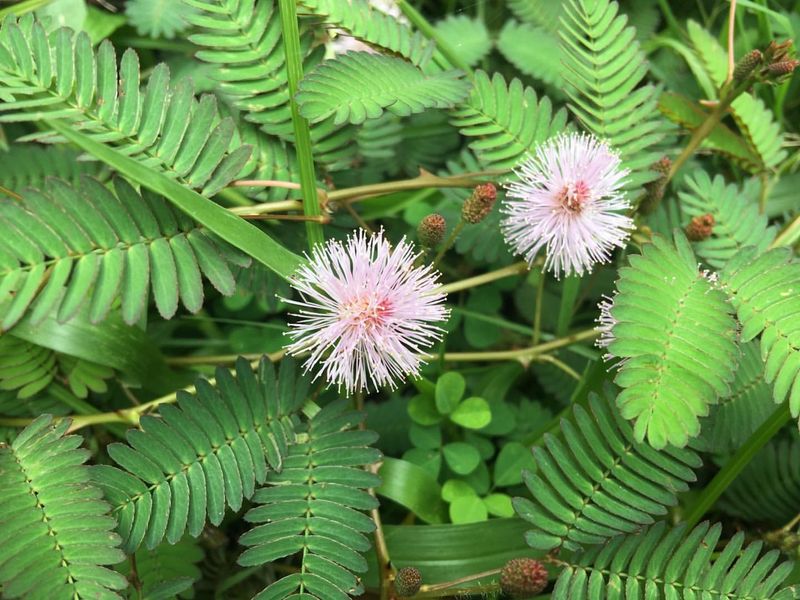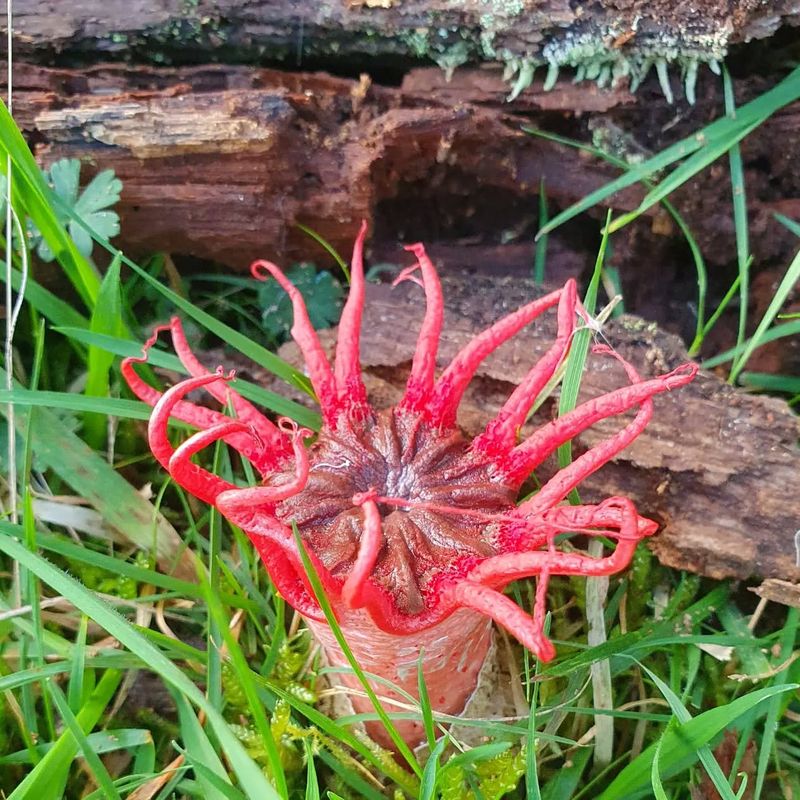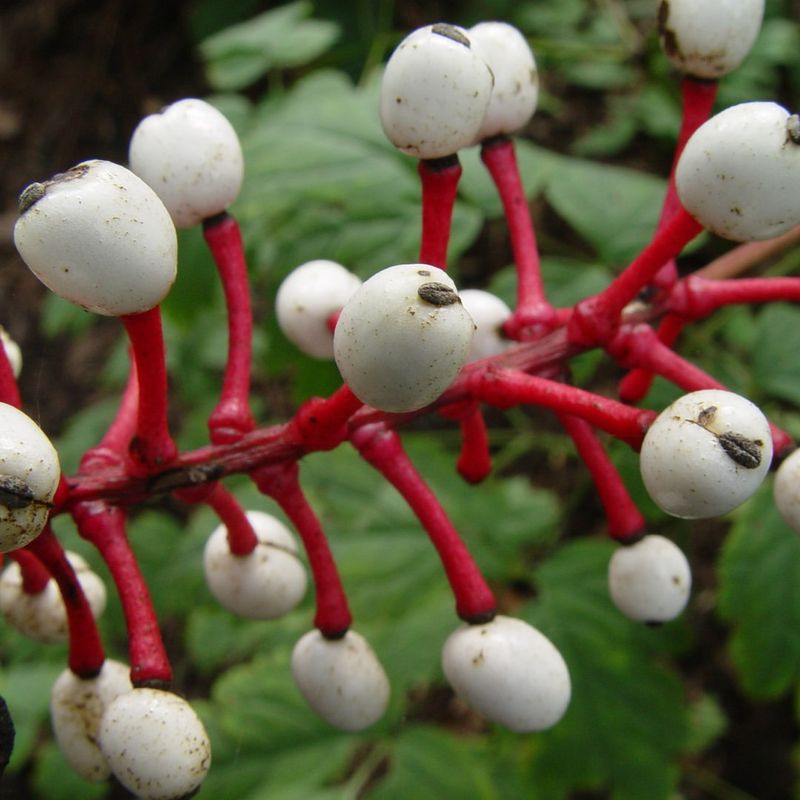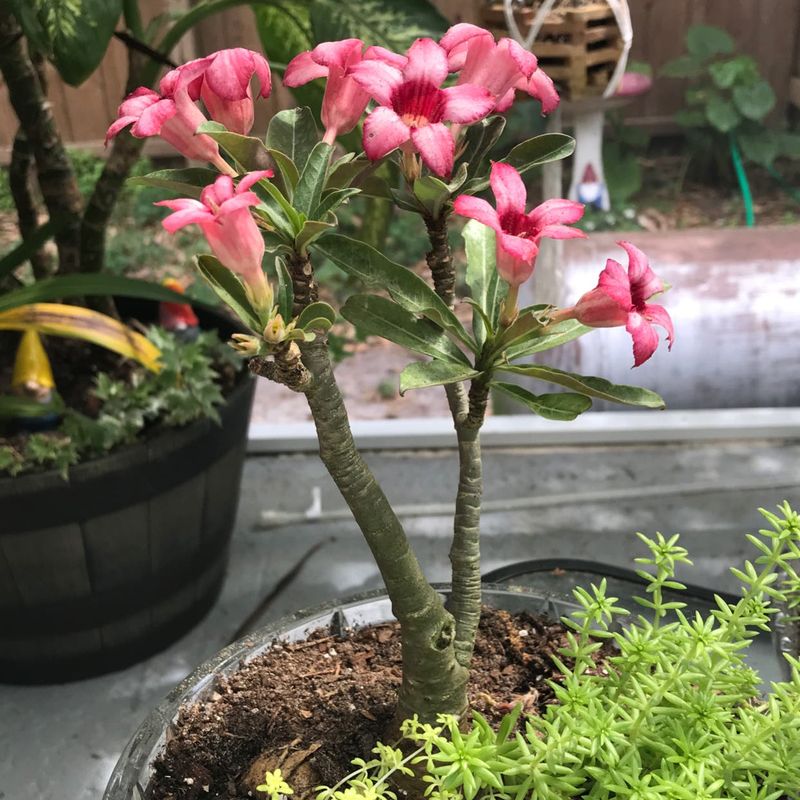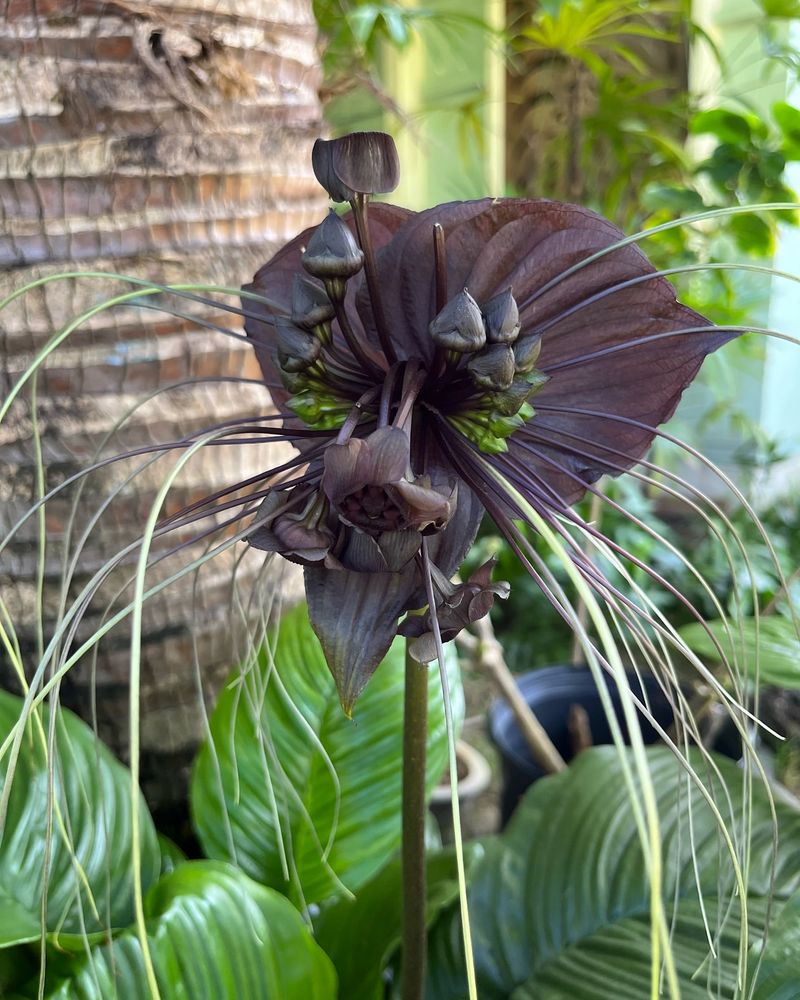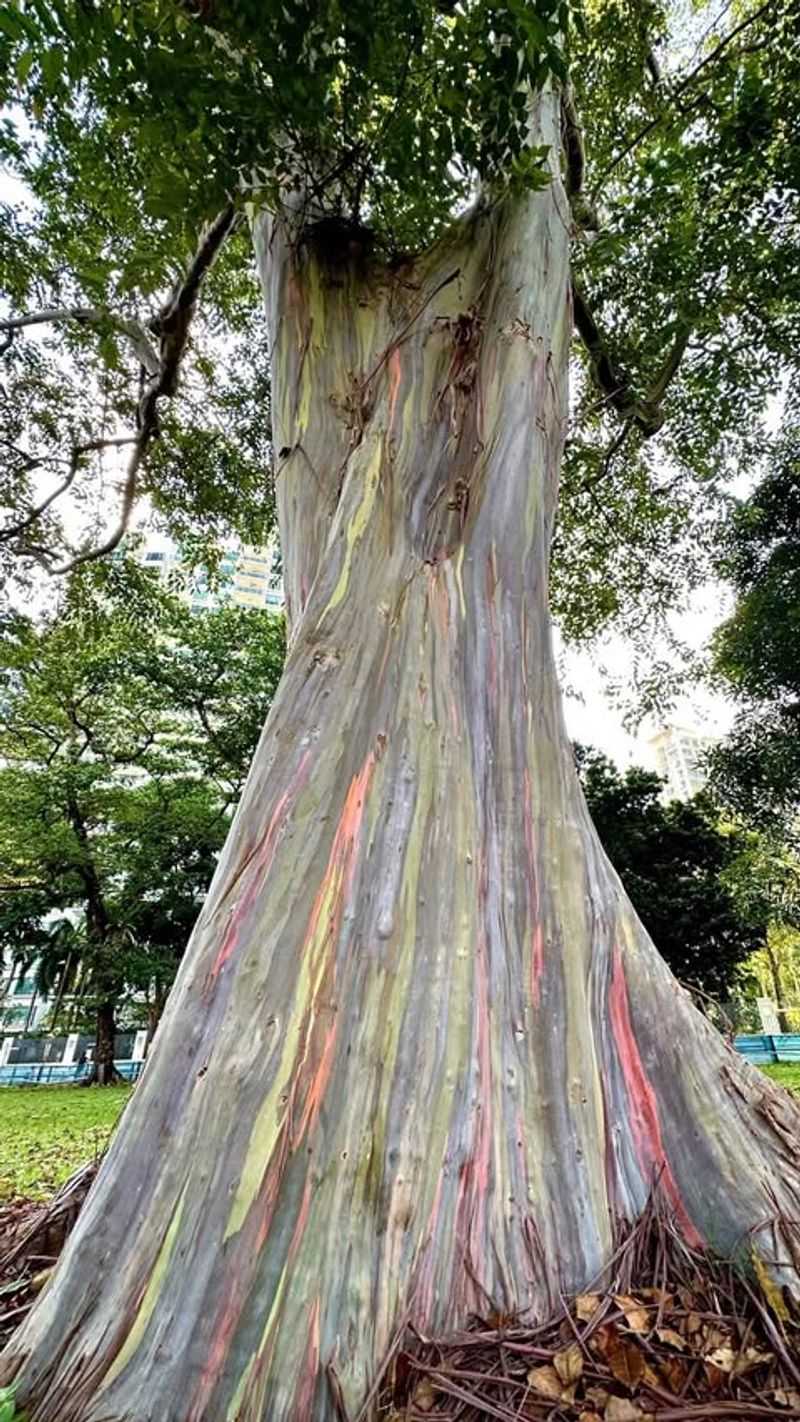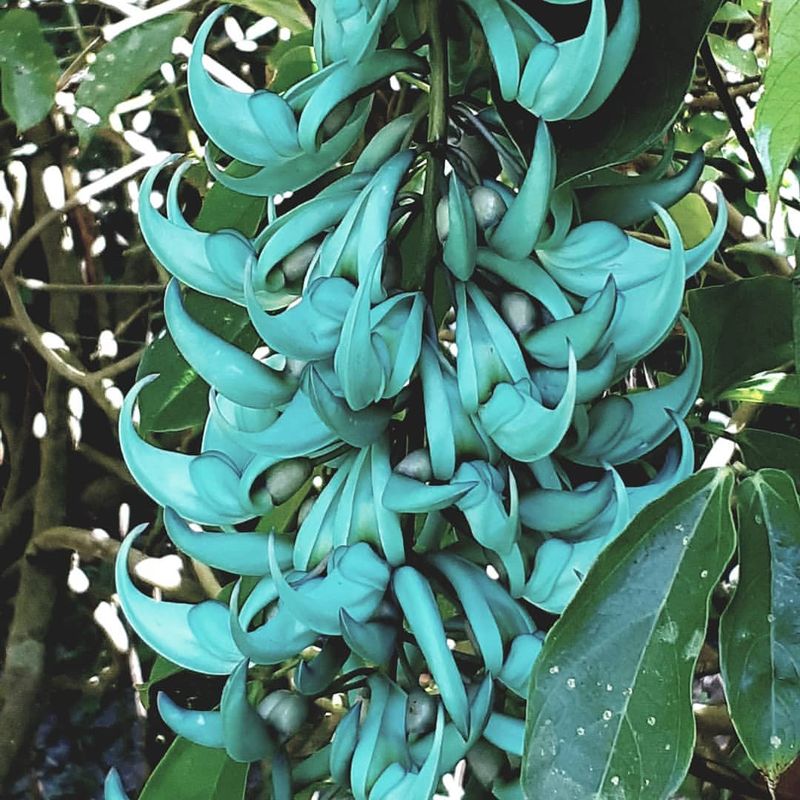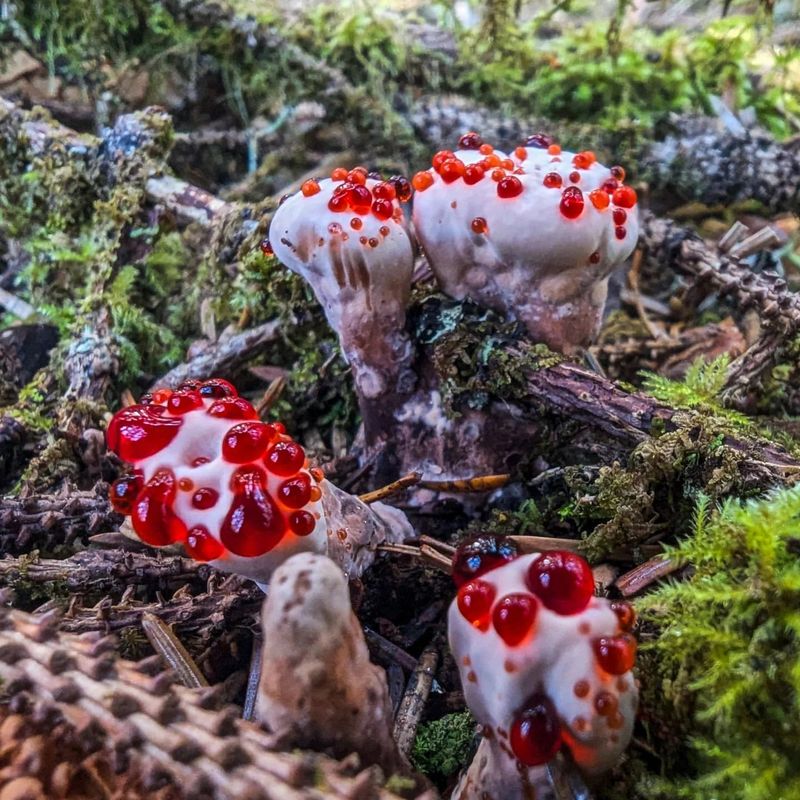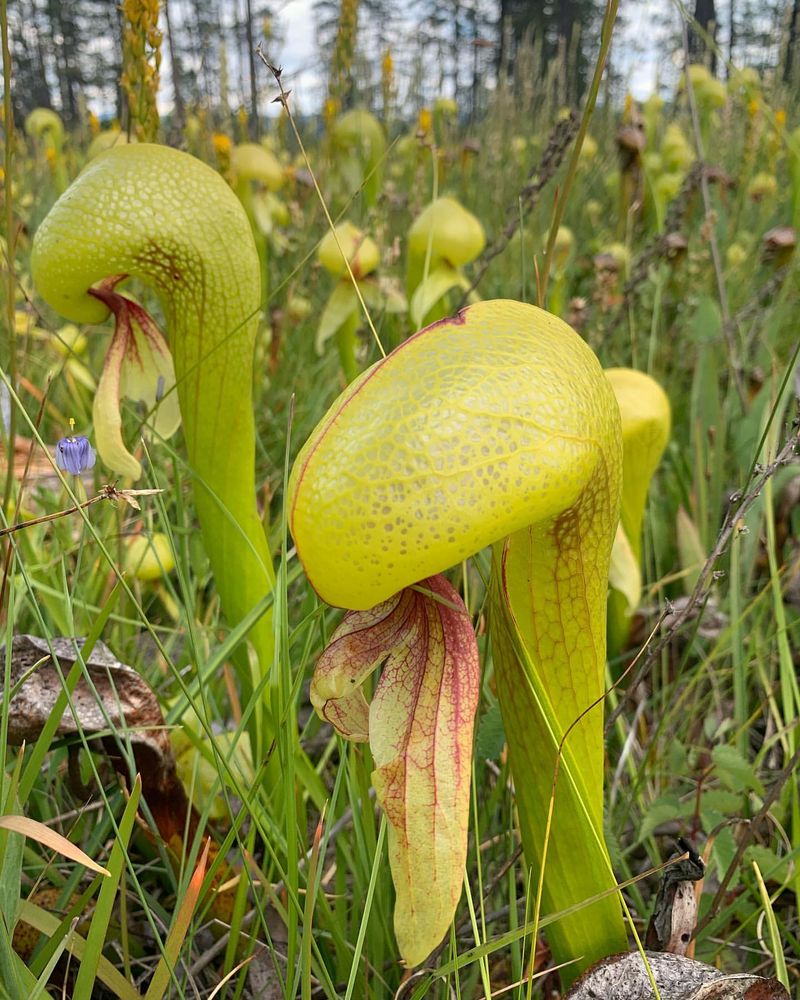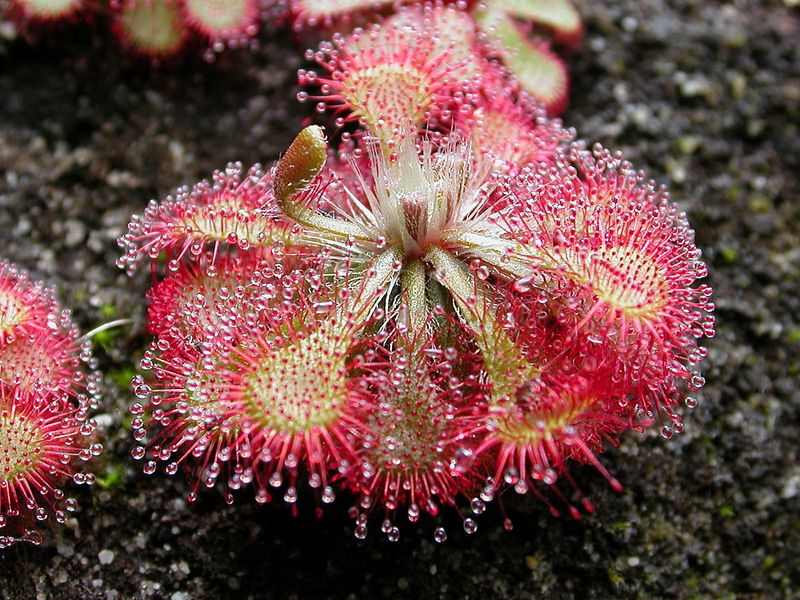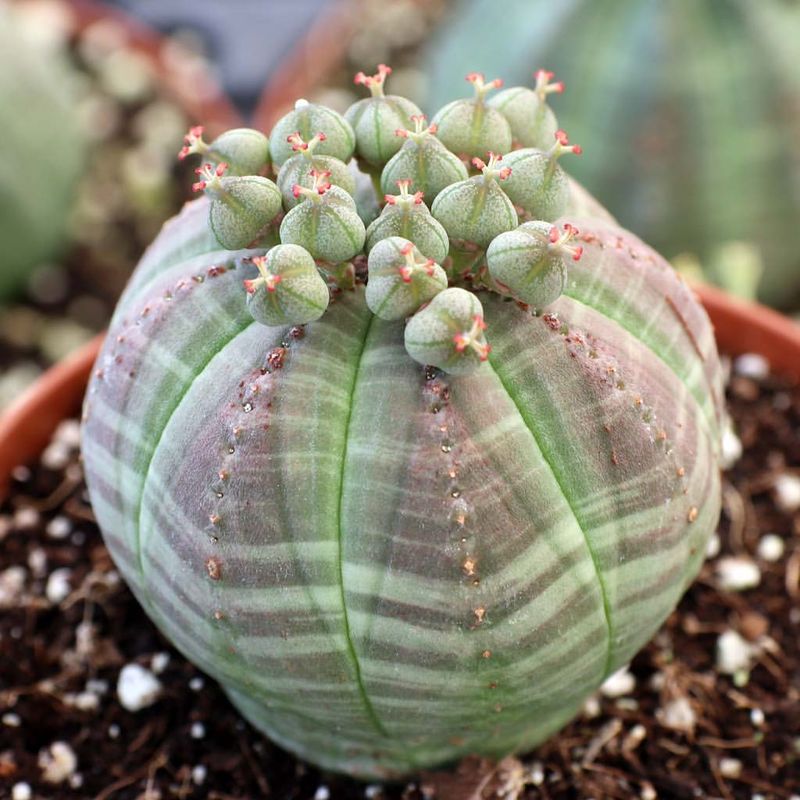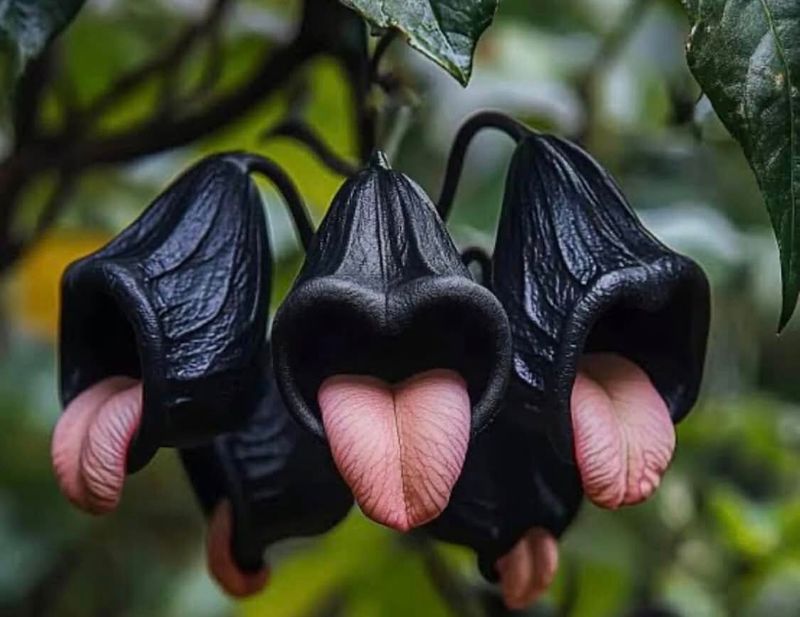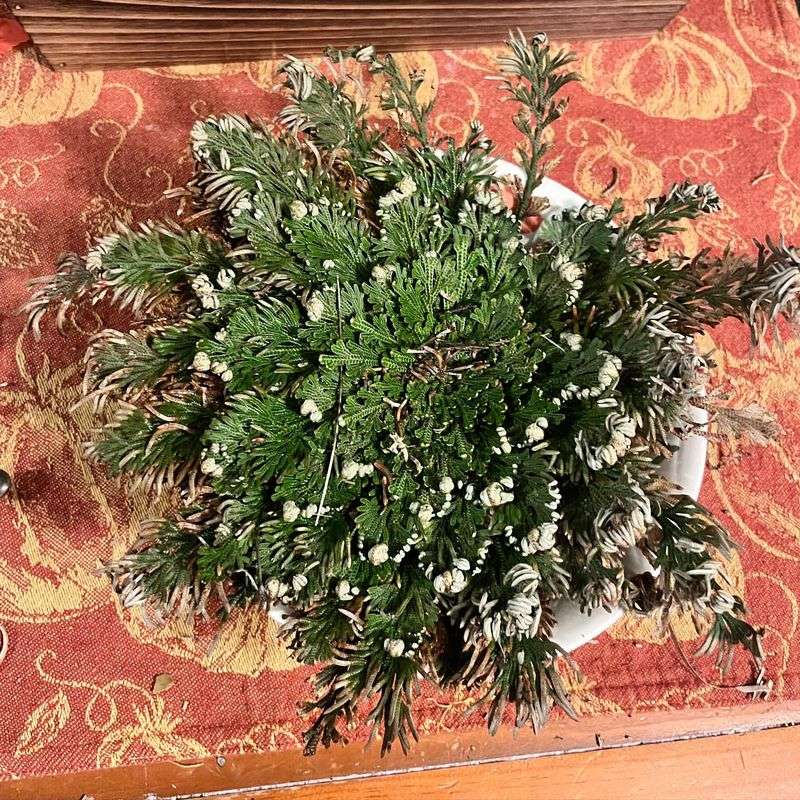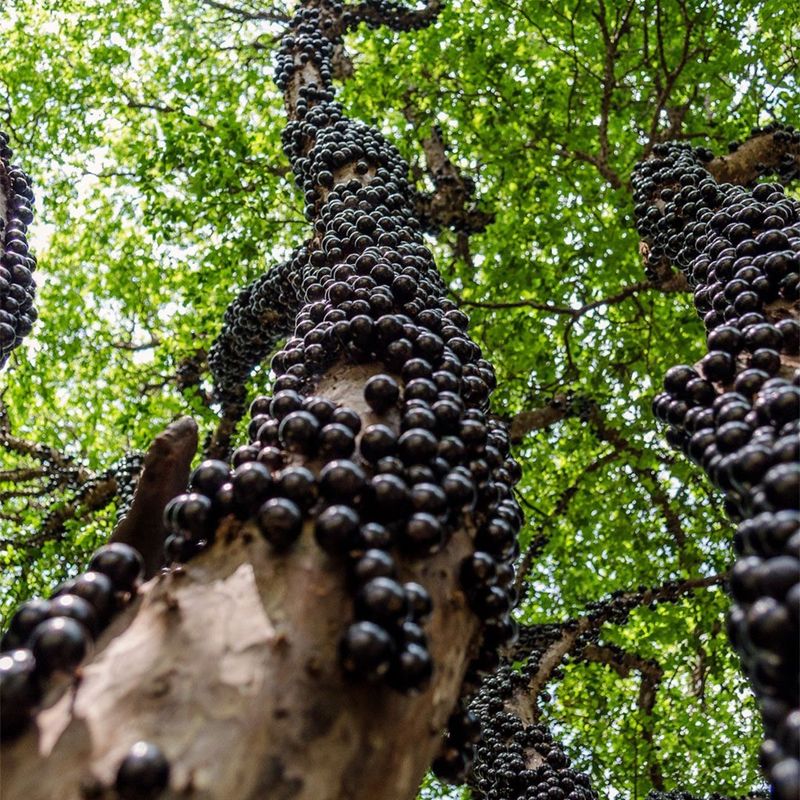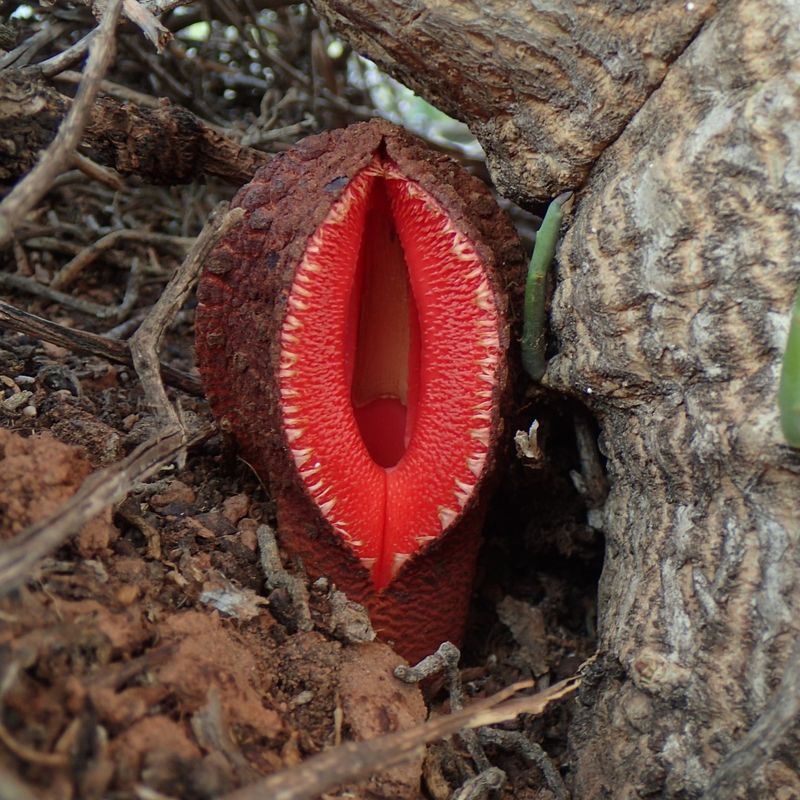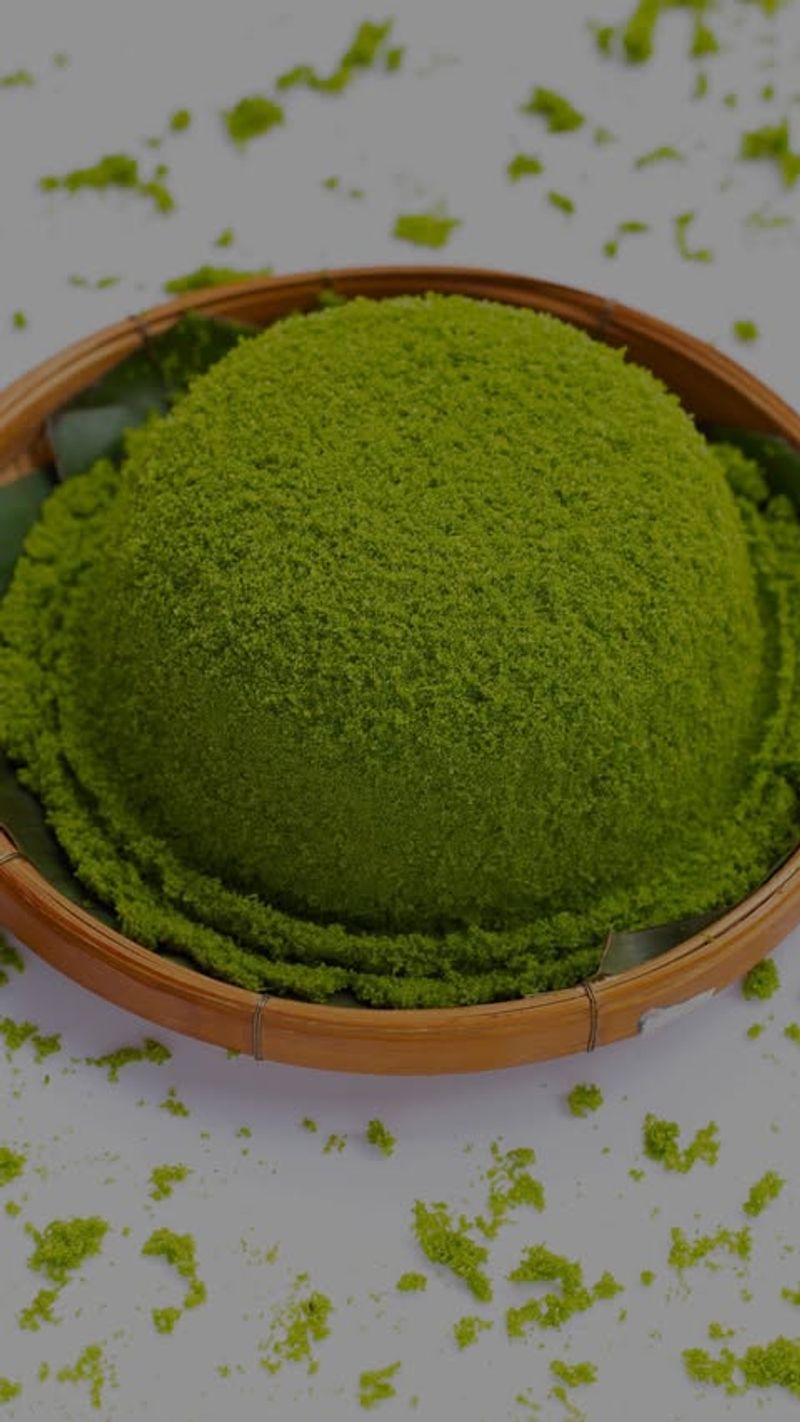Have you ever stumbled upon a plant that feels like it’s been plucked straight from the pages of a science fiction novel? I often find myself marveling at nature’s creativity, and these 25 plants are nothing short of extraordinary. Join me as we explore these botanical wonders that seem more alien than earthly.
1. Lithops
At first glance, you might mistake these fascinating formations for pebbles rather than plants. Lithops, commonly known as living stones, are succulents that mimic the appearance of rocks to avoid being eaten. They have adapted to dry desert conditions, storing water in their thick leaves.
Each plant consists of a pair of leaves that split open to reveal a beautiful flower. The flower, usually daisy-like, emerges from the crevice between the leaves. Lithops are not only intriguing to look at but also serve as a reminder of nature’s clever survival strategies.
2. Corpse Flower
When you encounter this plant, the first thing you’ll notice is its unmistakable scent. The Corpse Flower is infamous for its odor, reminiscent of rotting flesh, which attracts pollinators like flies and beetles. This massive bloom can reach over 10 feet in height.
Despite its unpleasant smell, the flower’s majestic appearance draws in plant enthusiasts when it blooms, an event that occurs infrequently. The Corpse Flower is a true botanical marvel, demonstrating nature’s unique ways of ensuring reproduction.
3. Venus Flytrap
Imagine a plant that doesn’t just rely on sunlight for sustenance but also feasts on insects. The Venus Flytrap is a carnivorous plant that captures prey with its jaw-like leaves. Each trap is lined with hair-like structures that trigger the closing mechanism.
When an unsuspecting insect touches these hairs twice, the trap snaps shut, sealing its fate. This remarkable adaptation allows the Venus Flytrap to thrive in nutrient-poor soils where other plants might struggle. Its captivating predatory nature makes it one of the most intriguing plants on Earth.
4. Rafflesia Arnoldii
In the depths of the rainforest, a gargantuan bloom awaits discovery. The Rafflesia Arnoldii holds the title for the world’s largest single flower, measuring up to three feet in diameter. Its pungent odor and vibrant orange and red petals attract carrion flies for pollination.
This parasitic plant lacks leaves, stems, and roots, relying entirely on its host for nutrients. Despite its lack of traditional plant features, the Rafflesia’s striking appearance and unique life cycle make it a marvel of nature’s ingenuity.
5. Welwitschia
The vast deserts of Namibia conceal a botanical oddity that defies traditional plant expectations. Welwitschia consists of only two leaves that grow continuously throughout its lifespan, which can exceed a thousand years.
These leaves curl and twist across the desert floor, appearing ancient and weathered. This plant thrives in one of the harshest climates on Earth, showcasing its incredible resilience and adaptability. Welwitschia’s unique appearance and extreme longevity make it a true wonder of the plant kingdom.
6. Dragon’s Blood Tree
High atop the rugged terrain of Socotra Island stands a tree that seems to have emerged from a fantasy realm. The Dragon’s Blood Tree, with its umbrella-shaped canopy, exudes an otherworldly vibe. Its red sap, known as “dragon’s blood,” has been used for centuries in medicine and dyes.
These trees thrive in arid environments, showcasing their ability to survive with minimal water. Beyond its striking form, the Dragon’s Blood Tree’s cultural significance and unique adaptations make it a fascinating subject of study.
7. Ghost Orchid
Deep in the swampy forests, a ghostly apparition catches the eye. The Ghost Orchid is a rare and elusive beauty, known for its delicate, white blooms that seem to float in mid-air. This orchid lacks leaves and relies on a symbiotic relationship with fungi to obtain nutrients.
Its ethereal appearance and rarity make it highly sought after by orchid enthusiasts. Blooming unpredictably, the Ghost Orchid captivates those fortunate enough to witness its fleeting beauty, embodying the mysterious allure of the plant world.
8. Baobab Tree
There’s something undeniably majestic about a tree that looks like it’s been planted upside down. The Baobab Tree is an iconic symbol of the African landscape, with its massive trunk and sparse branches. Known as the “Tree of Life,” it provides food, water, and shelter to various species.
These trees can live for thousands of years, storing water in their trunks to survive droughts. The Baobab’s unique structure and ecological importance make it a celebrated giant of the plant world.
9. Pitcher Plant
In the lush rainforests, an alluring trap awaits its unsuspecting victims. The Pitcher Plant lures insects with its vibrant colors and sweet nectar, only to ensnare them in its slippery interior. Once inside, the prey drowns in the plant’s digestive fluids.
This carnivorous plant has evolved a sophisticated system to capture nutrients in nutrient-poor environments. Its striking appearance and cunning tactics make the Pitcher Plant a fascinating example of nature’s ingenuity and adaptability.
10. Sensitive Plant
Touching this plant reveals a surprising reaction that mimics a living creature. The Sensitive Plant, or Mimosa pudica, responds to touch by folding its leaves inward. This rapid movement is a defense mechanism, deterring herbivores and minimizing damage.
Native to tropical regions, the Sensitive Plant’s unique ability to move has captivated observers for centuries. Its intriguing behavior showcases the dynamic and responsive nature of the plant world, blurring the line between flora and fauna.
11. Sea Anemone Mushroom
Resembling sea creatures rather than fungi, these mushrooms add a touch of whimsy to the forest floor. The Sea Anemone Mushroom is named for its frilled and colorful caps that bear a striking resemblance to marine anemones.
These mushrooms thrive in damp, shady environments, adding to the mystique of their appearance. While not widely studied, their unique form and intriguing resemblance to sea life invite further exploration into their ecological role and potential uses.
12. White Baneberry
In the depths of the forest, an eerie plant with eye-like berries captures attention. The White Baneberry, also known as Doll’s Eyes, produces clusters of white berries with a distinctive black dot, resembling tiny eyeballs.
These berries are highly toxic, deterring potential predators with their unappetizing appearance. Beyond its unsettling look, the White Baneberry demonstrates the plant’s protective strategies, illustrating the delicate balance of attraction and defense in nature.
13. Desert Rose
Amid the arid desert sands, a burst of color emerges, defying the harsh environment. The Desert Rose, known for its swollen trunk and vivid blooms, thrives in dry climates by storing water in its bulbous base.
Its spectacular flowers attract pollinators, adding a splash of beauty to barren landscapes. The Desert Rose’s ability to flourish in extreme conditions highlights the power of adaptation, showcasing nature’s resilient spirit.
14. Bat Flower
In the shadowy undergrowth, a flower with dark allure beckons. The Bat Flower, with its bat-shaped petals and long whiskers, is a captivating sight. Its unique appearance is not just for show; it attracts specific pollinators that are drawn to its eerie shape and color.
Native to tropical regions, the Bat Flower’s mystique and specific pollination strategy reveal the intricate relationships within ecosystems, demonstrating the diversity of plant-pollinator interactions.
15. Rainbow Eucalyptus
Walking through the forest, a tree trunk painted in a myriad of colors stops you in your tracks. The Rainbow Eucalyptus is renowned for its striking bark, which peels away to reveal vibrant hues of green, blue, orange, and purple.
This natural masterpiece thrives in tropical climates, where its vibrant display adds to the lush scenery. The Rainbow Eucalyptus not only enchants with its appearance but also plays a vital role in its ecosystem, offering a glimpse into nature’s artistic talent.
16. Jade Vine
In the heart of the rainforest, a cascade of turquoise blooms captures the imagination. The Jade Vine is celebrated for its stunning, claw-shaped flowers that dangle from vines, creating a visual spectacle.
Pollinated by bats, these unique flowers demonstrate the specialized relationships between plants and animals. The Jade Vine’s otherworldly beauty and ecological significance make it a treasured gem of the botanical world.
17. Bleeding Tooth Fungus
On the forest floor, a fungus bleeds red droplets, resembling a gory scene from a horror film. The Bleeding Tooth Fungus, with its white cap oozing blood-like sap, is a mysterious and unsettling sight.
Despite its alarming appearance, it’s harmless to humans and plays a role in forest ecosystems as a mycorrhizal partner with trees. The Bleeding Tooth Fungus’s bizarre look and ecological role broaden our understanding of nature’s complexity.
18. Cobra Lily
In the marshes, a plant resembling a poised cobra stands ready to strike. The Cobra Lily, with its hooded, snake-like form, is a carnivorous plant that captures prey in its tubular leaves.
This intriguing plant uses a combination of visual lures and downward-pointing hairs to trap insects. The Cobra Lily’s unique design and predatory tactics highlight the diverse strategies plants use to survive and thrive.
19. Sundew
Glimmering like jewels in the sunlight, this plant’s deadly beauty is hard to resist. The Sundew is a carnivorous plant that lures insects with its sticky, dew-like droplets on its tentacle-like leaves.
Once an insect becomes ensnared, the plant slowly envelops its prey to digest it. The Sundew’s enchanting appearance and effective hunting technique make it a captivating subject of study in the plant kingdom.
20. Baseball Plant
Resembling a peculiar sporting good, this plant’s spherical shape is both functional and fascinating. The Baseball Plant, native to South Africa, conserves water within its thick, round body to survive arid conditions.
Its unique form not only helps it blend into the landscape but also protects it from herbivores. The Baseball Plant’s distinctive appearance and survival strategy exemplify nature’s innovative designs in challenging environments.
21. Black Bat Flower
Emerging from the shadows, a flower with an air of mystery draws you in. The Black Bat Flower, with its dark, wing-like petals and whisker-like appendages, is a striking and unusual sight.
These flowers thrive in the humid tropics, where their unique form attracts specialized pollinators. The Black Bat Flower’s captivating allure and ecological role highlight the intricate beauty and complexity of tropical ecosystems.
22. Resurrection Plant
Curled into a lifeless ball, this plant springs back to life with a touch of water. The Resurrection Plant, a master of survival, can endure extreme desiccation and revive when rehydrated.
This remarkable ability allows it to thrive in harsh desert environments, showcasing its resilience. The Resurrection Plant’s transformation from dormant to vibrant reflects nature’s incredible capacity for renewal and adaptation.
23. Jabuticaba
The Jabuticaba tree is a marvel of nature, with its fruits growing directly from the trunk and branches. This unusual method of fruiting gives the impression of a tree adorned with glossy, dark purple jewels. Native to Brazil, the tree thrives in humid subtropical climates.
The Jabuticaba fruit is sweet and juicy, often compared to grapes, and is used in various culinary delights, from jellies to wines. This tree not only captivates with its unique growth pattern but also with its delicious offerings, making it a favorite among locals and tourists alike.
24. Hydnora Africana
This bizarre plant rises from the ground like a creature from the deep. Hydnora Africana, a parasitic plant, relies on other roots for sustenance, lacking chlorophyll and traditional leaves.
Its unusual appearance and foul odor attract scavenging beetles for pollination. Hydnora Africana’s existence illustrates the diverse survival strategies plants employ, even in resource-scarce environments.
25. Wolffia
Floating serenely on the water’s surface, these minuscule plants are easy to overlook. Wolffia, also known as watermeal, holds the title for the world’s smallest flowering plant.
Despite their size, these plants play a vital role in aquatic ecosystems, providing food for fish and absorbing nutrients. Wolffia’s diminutive presence and ecological importance remind us that even the tiniest organisms can have a significant impact.

